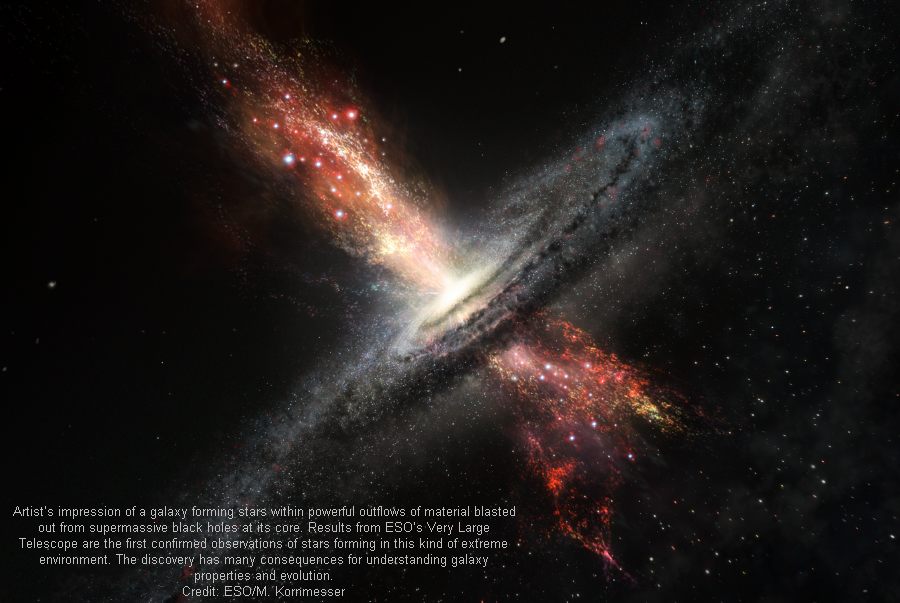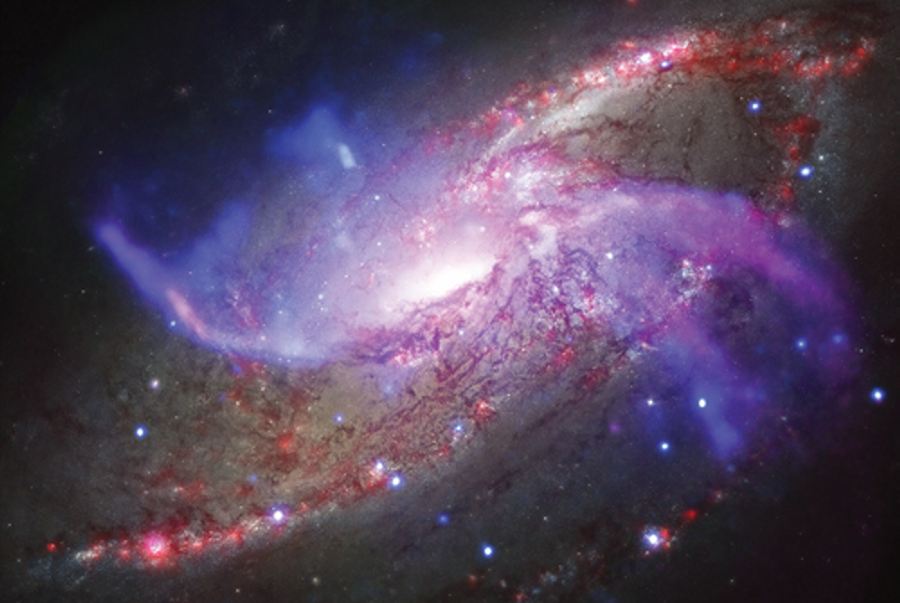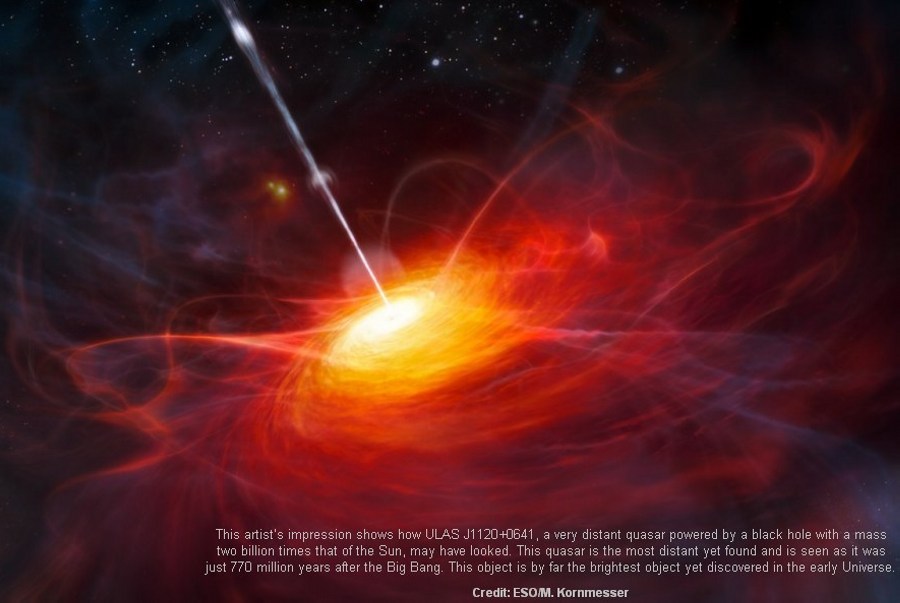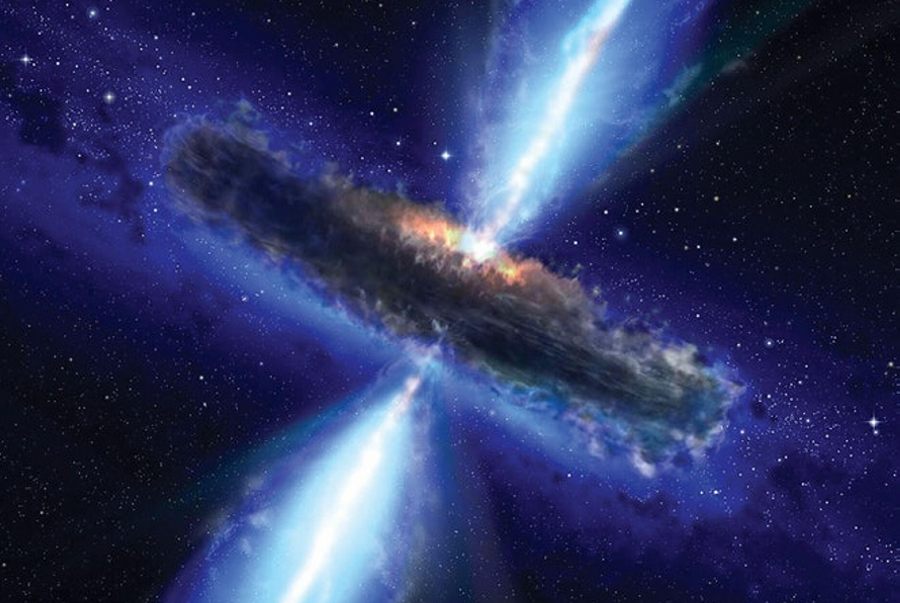



At the heart of almost every massive galaxy, there is a super-massive black hole.
We see evidence in astronomical observations that these super-massive black holes are linked to the global properties of the galaxies in which they reside.
One of the biggest open questions in astronomy today is: how do super-massive black holes impact galaxy evolution?
A small fraction of super-massive black holes are in an ‘active’ phase, where they are feeding on gas from their host galaxies.
We can identify these active galaxies in astronomical observations, and study how they can help direct the path of galaxy evolution.
We do not yet know exactly how this happens, but in this talk you will learn about the phenomena powered by active super-massive black holes, with a focus on what can be learned from radio observations from telescopes like the Low Frequency Array (LOFAR).
Dr. Leah K. Morabito will cover both current indirect evidence for the co-evolution of super-massive black holes and their host galaxies, and upcoming work which will help definitively push forward our understanding of how super-massive black holes impact galaxy evolution.
Active Galactic Nuclei (AGN)
A super-massive black hole exists at the centre of almost every massive galaxy. The gravitational potential of these black holes can power highly energetic phenomena which are observed on sub-galaxy to galaxy cluster size scales, across the entire electromagnetic spectrum; when we observe these phenomena we know these are active galactic nuclei (AGN).
The basic picture of AGN that has emerged is of a black hole surrounded by an accretion disk, with a corona of hot gas, and the entire region is circled by a dusty torus.
In some cases, AGN launch relativistic jets that extend far beyond the galaxy itself. But no matter how much energy an AGN outputs, the black hole powering it still remains a tiny part (both in physical size and total mass) of its host galaxy.
Yet we see observational evidence for tight correlations between black hole properties and the general properties of galaxies, and we know from cosmological simulations of the Universe that some energy from AGN must help regulate galaxy growth; without it we are unable to reproduce observed galaxy populations.
This suggests feedback between AGN and their host galaxies, but the huge range of size scales coupled with a wide range of energy transport options means the true nature of this feedback remains unknown.
Radio emission from AGN
A galaxy with an AGN can produce radio emission in multiple ways. The red/pink emission you see in the image on the left (a galaxy named Cygnus A) is from synchrotron emission which is observed at radio wavelengths.
These relativistic jets extend far beyond the host galaxy (the small white blob at the centre) and can interact with their environment. Here you can see that they have tunnelled through the hot gas in the intra-cluster medium, which is traced by X-ray emission in blue.
Large scale jets like these were thought to be rare, although recently LOFAR has revealed they may be more prevalent than we think, and they are not well modelled in simulations. While the majority of AGN don’t have these kinds of jets, they can still produce fainter, small-scale radio emission in other ways.
We know there will be some contribution from star formation, as supernova remnants leftover from the deaths of massive stars are ideal locations for cosmic rays to accelerate and produce synchrotron emission. But there is a portion of the faint radio emission from AGN that cannot be accounted for by star formation: is it small scale jets?
Thermal radio emission associated with disk winds? Something we haven’t thought about yet? High resolution radio observations for large samples will be crucial for understanding the origin of this extra radio emission.
When Who Where
- Date: Sunday 17th January 2021,
- Time: 7pm.
- Speaker: Dr Leah Morabito. Durham University
- Venue: Via Zoom (due to pandemic social distancing restrictions – Zoom meeting joining instructions will be sent via our SAS text near the talk date).
Our speaker

Our speaker is Dr Leah Morabito is a member of:
Research Groups
- Department of Physics
- Astronomy and Astrophysics
Research Interests
- AGN
- Galaxy surveys
- Radio interferometry






